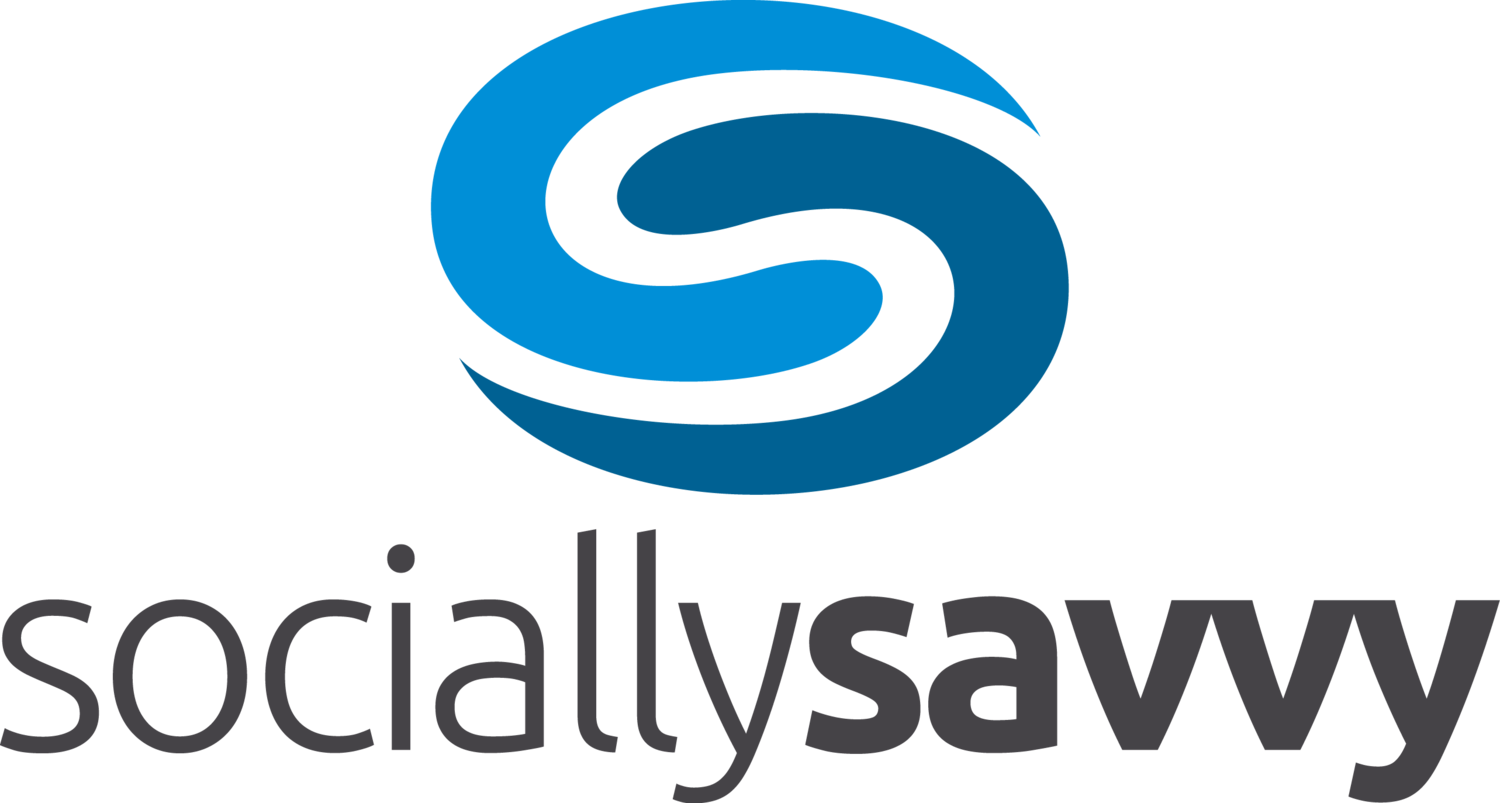Work Based Learning (WBL) is fast becoming the needed link between Career and Technical Education (CTE) students and industry.
WBL helps students:
Explore and become knowledgeable about career pathways,
Prepare for the real world of work and career,
Define educational / CTE programs in which they are interested,
Commit to a career-related program of study,
Earn an academic degree or industry-recognized credential,
Secure employment,
Understand what is required to advance in a career, and
Become self-sufficient.
To achieve effective internship and employment opportunities for students, CTE programs are augmenting the skill set and value they offer by employing WBL coordinators to effect results. This liaison with business hiring managers, recruiters and leaders is of paramount importance to claim success.
Having trained CTE teams and attended the ACTE CareerTechVISION, the Iowa Work-Based Learning Conference, the ACTE Region I Conference, and the Massachusetts Vocational Association (MAVA)'s annual conference, the theme permeating discussion is the importance of enabling student career exploration and work opportunities to influence positive student direction and employment outcomes.
What is Work-based learning (WBL)? Work-based learning is an educational strategy that provides students with real-life work experiences where they can apply academic and technical skills and develop their employability. Wikipedia
Building these trusted industry relationships requires listening, advocacy, and education on behalf of students by the WBL coordinator. Hearing the industry requirements and translating those needs into the capabilities, quality, and skill sets that CTE students possess requires strong, authentic communication skills.
The WBL coordinator is equal parts marketer and student advocate. WBL coordinators are the narrator of the CTE story to the business community and leaders, and the evangelist of the quality, work ethic and relevance represented by CTE students.
There are many flavors being embraced as WBL tries to create a "Learning and Doing" culture. There are various programs, from low fidelity experiences like job shadowing and field trips to cooperative education, school based enterprises, service learning, and entrepreneurial experiences. On the job training through apprenticeships and internships coupled with mentors lend themselves to more authentic career exploration, and not simply snackable experiences.
WBL Learning Strategy Definitions (Source: Wikipedia)
Apprenticeship or internship or mentorship: An apprenticeship involves the student working for an employer where he or she is taught and supervised by an experienced employee of the chosen organization. The student is periodically evaluated for progress as per the skills and knowledge acquired, and maybe granted wages accordingly. At the end of the course, the student receives a certificate of service. The student learns in a realistic environment and gets the opportunity to apply his or her knowledge in real-world scenarios.
Job shadowing: Job shadowing is a short term opportunity that introduces the student to a particular job or career by pairing the student with an employee of the workplace. By following or 'shadowing' the employee, the student gets familiar with the duties and responsibilities associated with that job.
Business/industry field trip: Field trips offer the students an insight in the latest technical advancements and business strategies of an enterprise. Students also gain awareness of the various career opportunities available and understand the driving forces of the community's economy.
Entrepreneurial experience: This includes setting up of specific business, right from the planning, organizing and managing stage to the risk control and management aspects of a business.
Cooperative education: In cooperative education, the work experience is planned in conjunction with the technical classroom instruction. This method is used by universities that do not have access to state-of-art equipment required to transact the technical course practically.
School-based enterprise: A school-based enterprise is a simulated or actual business run by the school. It offers students a learning experience by letting them manage the various aspects of a business.
Service learning: This strategy combines community service with career, where students provide volunteer service to public and non-profit agencies, civic and government offices etc.
Closing Thoughts | Take Aways
Successful WBL programs will take a village. Students, schools, businesses/industry, mentors, teachers, WBL coordinators, school administrators and parents represent the tapestry of participants that are required to effect meaningful WBL results. For students to complete CTE programs, gain professional experience, earn credentials, and be successful in their career exploration and career readiness journey, relevant communication and a commitment by the key constituents of the program are essential. Educating all parties about what WBL is, what it will requires (time commitment/resources in support/investment), what the outcomes are, and how they will be measured is key.
CTE student competencies and learning outcomes must align with what industry needs and demands. Today's student deserves the support to learn what a particular job is, how to execute job tasks effectively, what the career path becomes, and the knowledge of how to advance and maintain horizontal and vertical career progression. CTE is aligned, and evolving, in this critical direction.
Opportunities for all students to increase their knowledge of career paths and explore their individual career interests will require more than just the basics. Utilizing technology to scale mentorship interactions, virtual field trips, and AR/VR experiences are just the beginning. Industry has a responsibility to create pipelines for students to be onsite, host events, and engage in projects and experiential initiatives. This should occur in secondary schools alongside post secondary opportunities to inspire interest and prime the talent pipeline while influencing career readiness with needed competencies and skills.
WBL is the new norm, and the right direction. WBL will persist, and it is in student, business/industry, and societal interests to ensure it is honed, scaled, consistent, and available to all student audiences, equally.

